
What are vectors? Short note
What are vectors? and draw a simple diagram with a short note. Click here to download: What are vectors?

What are vectors? and draw a simple diagram with a short note. Click here to download: What are vectors?
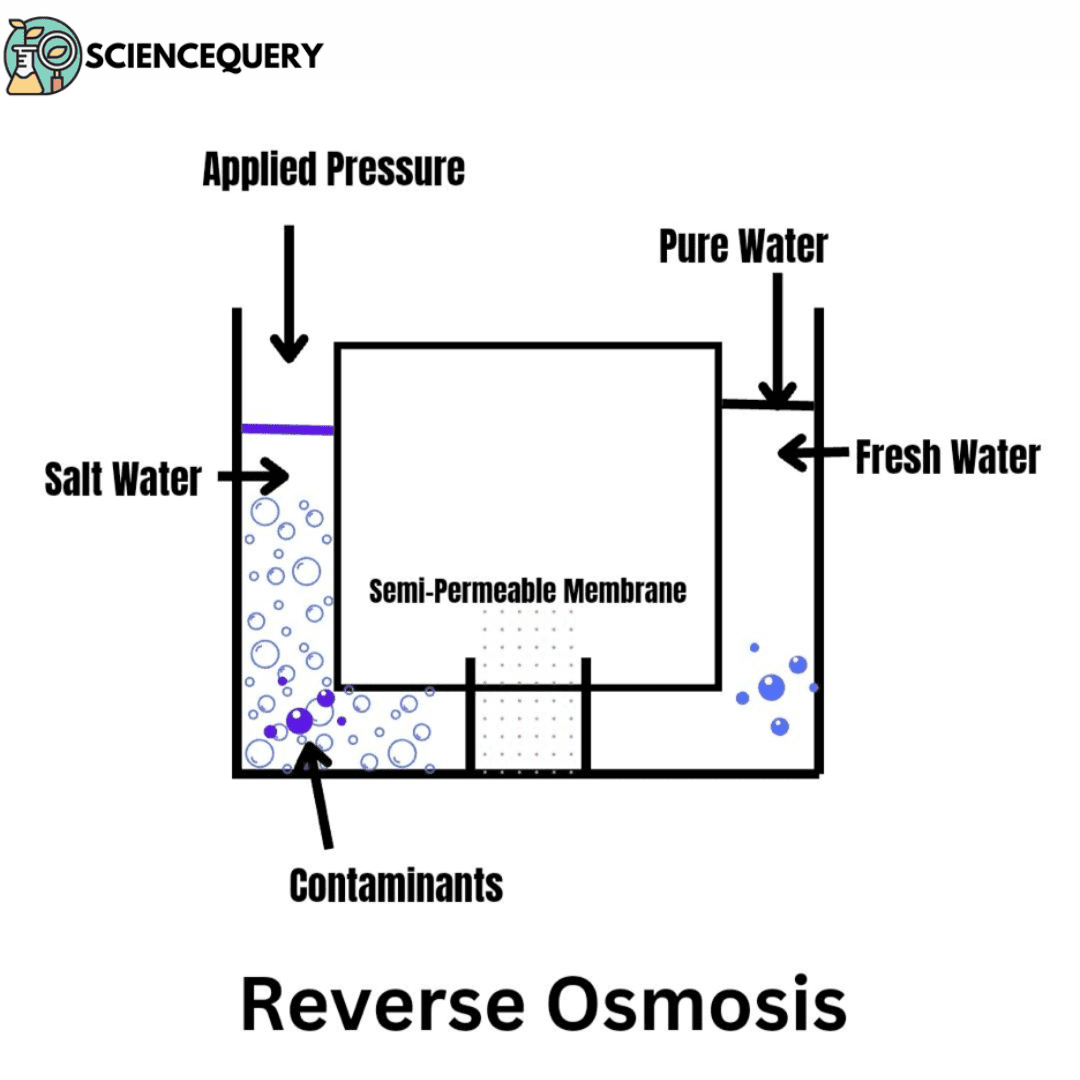
Introduction Reverse Osmosis is a membrane-based demineralized technique that is used to separate the dissolved solids such as ions from the solution. The membranes act […]
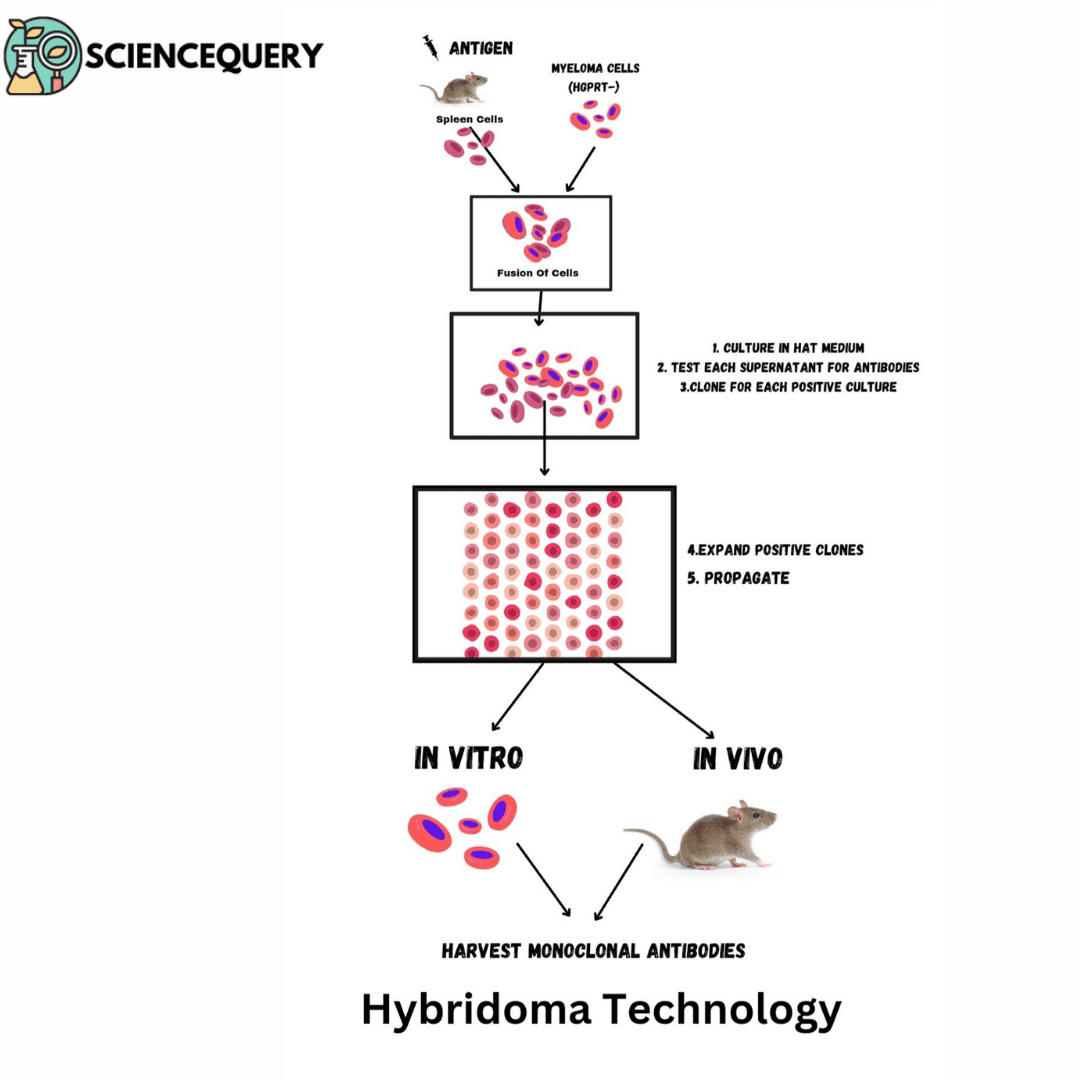
Introduction When two non-identical cells are brought into close contact and their membranes are allowed to fuse, the resulting product contains both nuclei. The fusion […]
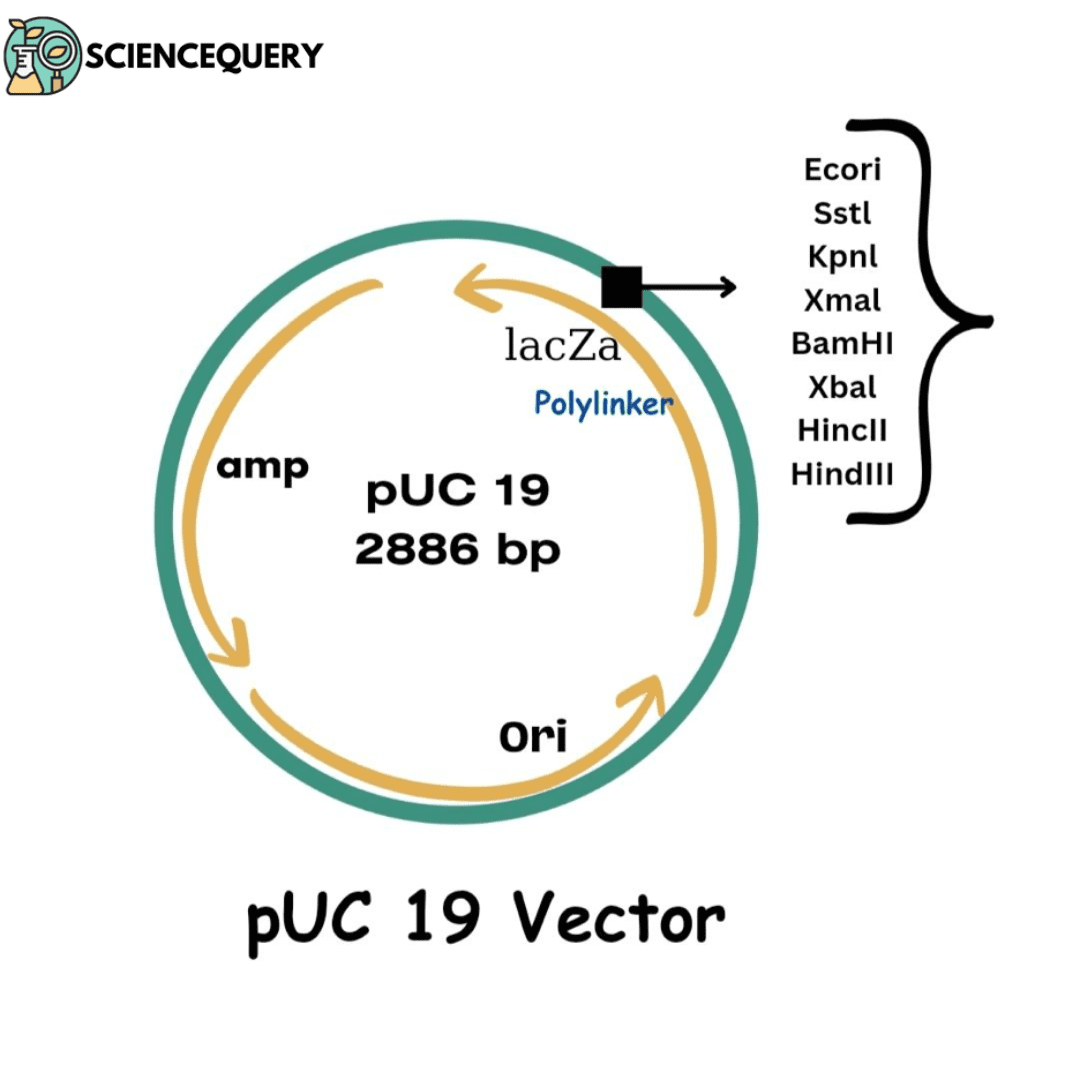
Introduction Vectors and their importance Vectors are the major component required to make an rDNA molecule for gene cloning. They act as a vehicle for […]
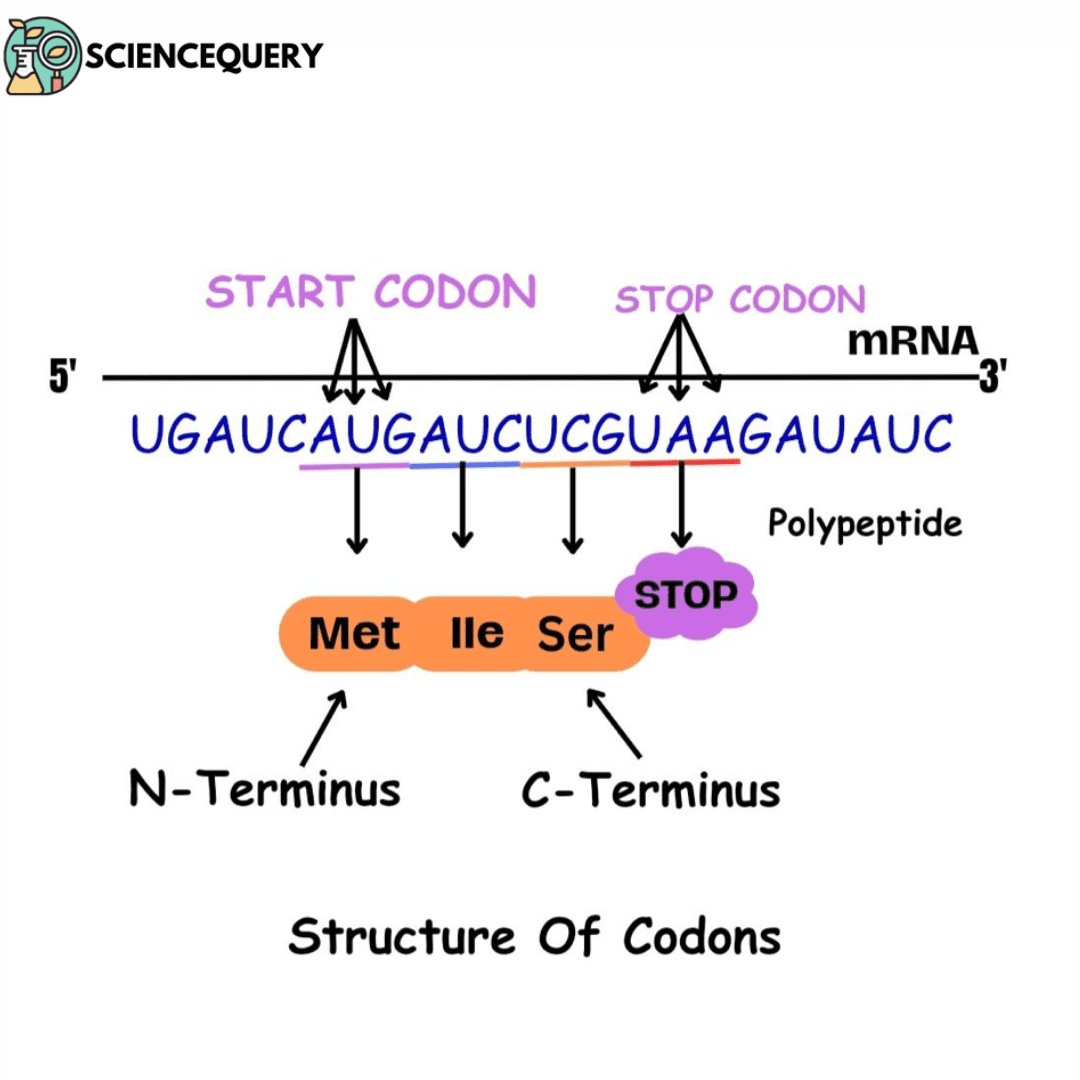
Introduction What are genetic codons? Genetic codons are sequences of three nucleotides that form the genetic code. The sequence of amino acids in a polypeptide […]
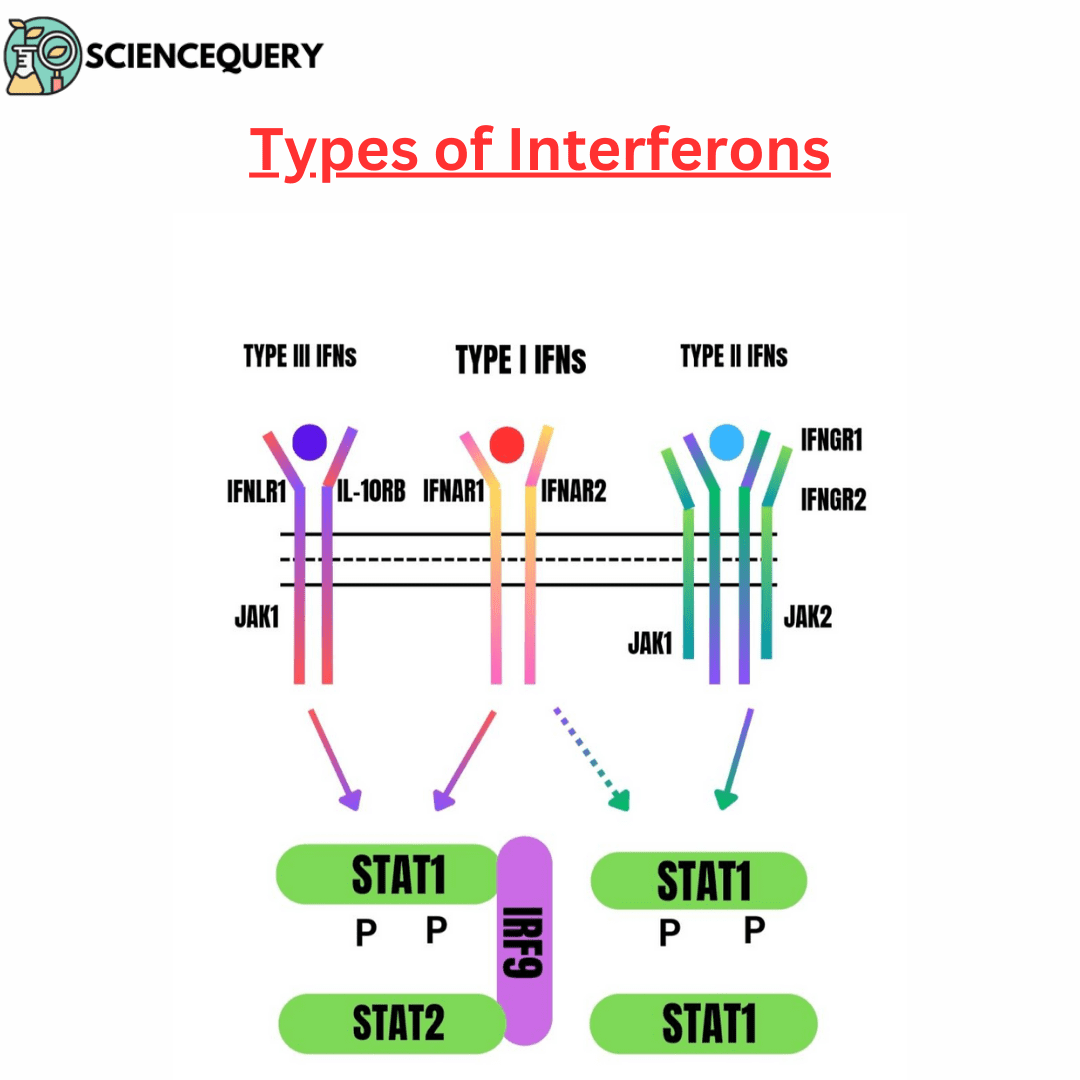
About interferons Interferons are dominant inducible effector molecules that are produced by all nucleated animal cells. They are responsible for the modification of basic biochemical […]
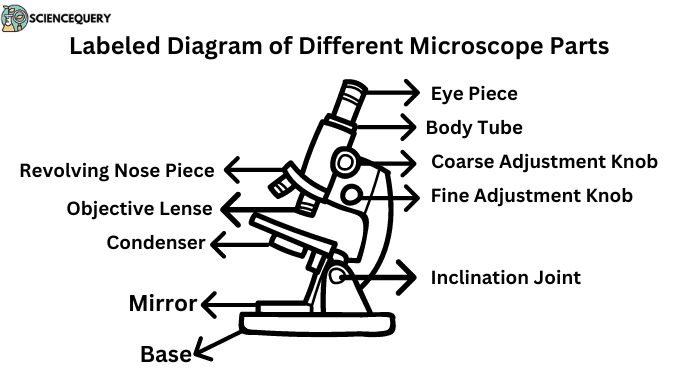
Introduction A microscope magnifies and reveals fine details. This article is about different Microscope parts with labelled name and their functions, elucidating the instrument’s role […]
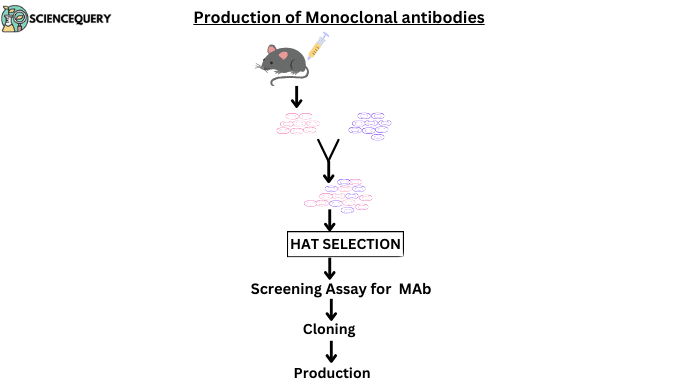
Introduction Definition Antisera is defined as a serum present in our blood that contains monoclonal or polyclonal antibodies that provide passive immunization to our body. […]
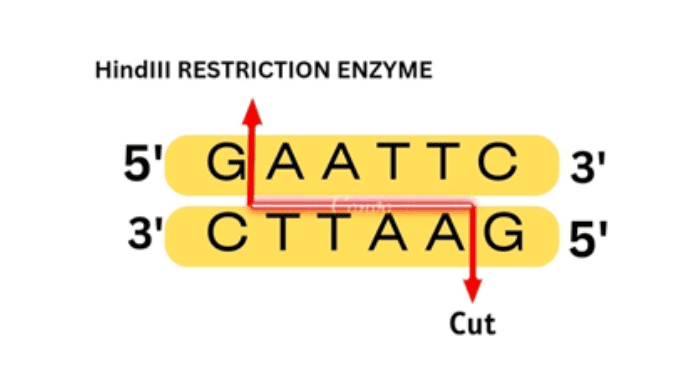
Introduction HindIII restriction enzyme is a molecular scissors that helps in cleaving DNA molecules. The term genetic engineering is a technique for modifying organisms through […]
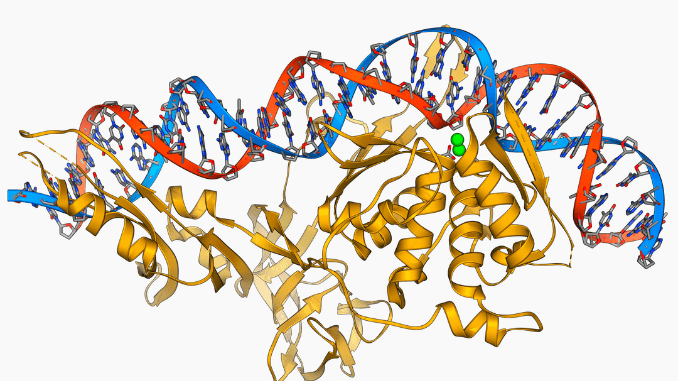
Introduction Different types of restriction enzymes are present in the molecular biology world. Restriction enzymes come under the class of nucleases. They are termed molecular […]
Copyright © 2024 | WordPress Theme by MH Themes